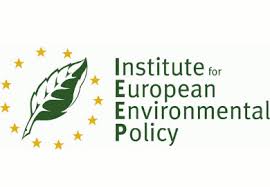
New European Union (EU) farm rules that aim to boost wildlife and protect natural resources such as soil and water are failing to reverse the loss of wild flowers from fields, while farmers opt for the least environmentally-beneficial practices, according to two new studies launched this week.
A report by the German Institut für Agrarökologie und Biodiversität (IFAB), examined farmland wildlife in ten countries in 2014 (France, Czech Republic, Hungary, Italy, Poland, Germany, Romania, Spain, the Netherlands and the United Kingdom). It found that a high value of nature existed on only a few areas of arable land in Europe.
Poppies, once common, were present on just 13% of the arable areas examined in the study (2.5% in France and Germany). The research found very little plant diversity in fields, blaming intense chemical spraying and fertilizer use.
Buffer strips – key sites for sheltering wildlife – made up only 0.3% of the arable land, the authors said.
The second report by the Institute for European Environmental Policy (IEEP), analyzed the first year of new ‘greening’ laws (crop diversification, grassland maintenance and Ecological Focus Areas – EFAs) under the Common Agricultural Policy (CAP), found farmers were given so much flexibility, most could easily meet the new rules without any major changes. The report stated that chemical inputs were allowed on almost all EFAs, undermining the measure’s potential to boost wildlife.
The European Environmental Bureau, which was involved with both reports, called on the European Commission to compile data for a full analysis of environmental efforts on all EU farmland.


